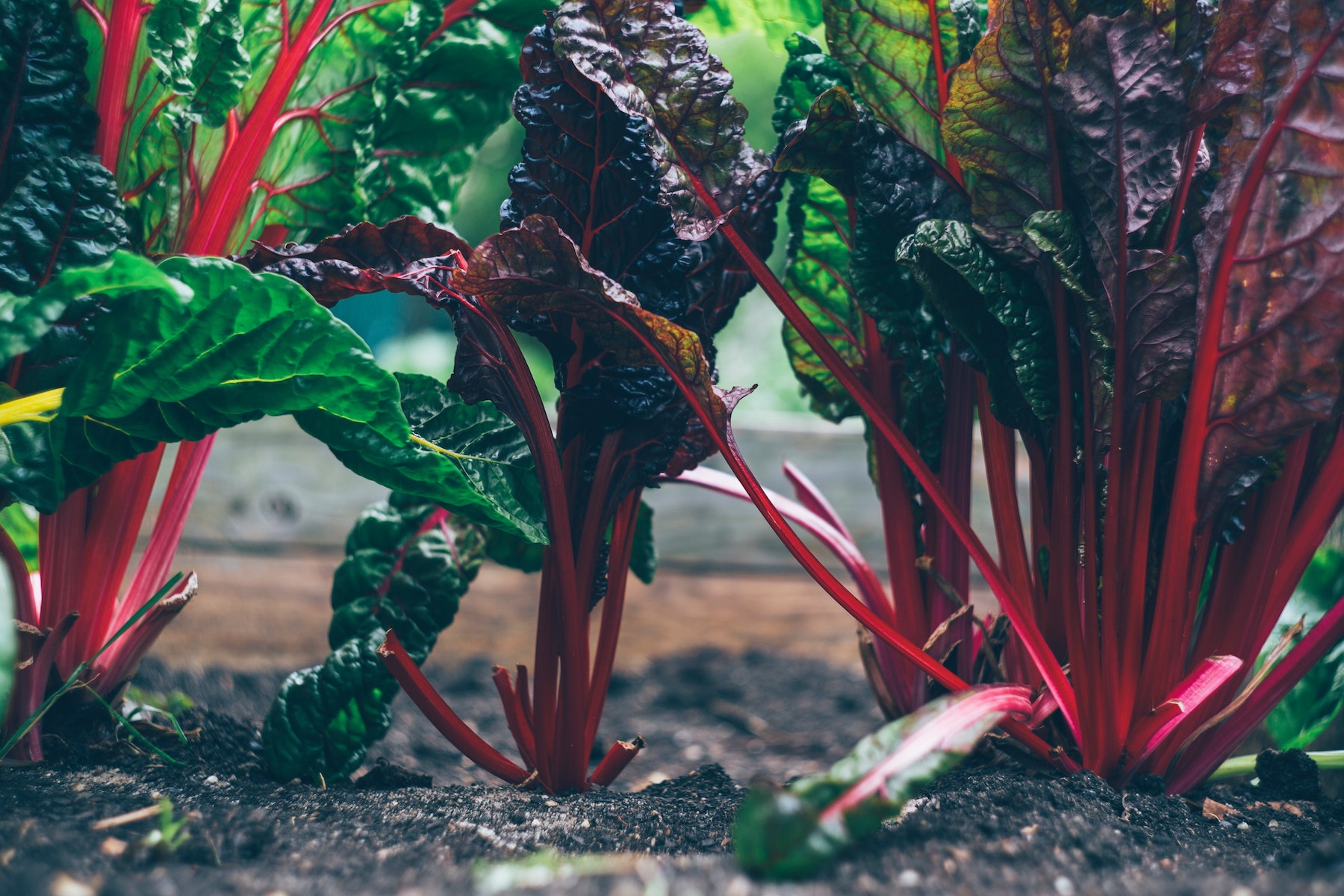What to plant in March
March is the last month of winter in the northern hemisphere. This can make it seem like a dreary month, but there are plenty of reasons why you should still be planting in March.

Seeds take a long time to germinate so you want to give them as much time as possible before summer arrives. Get started this March with the following crops.
Chard

Chard belongs to the same species as spinach and beetroot; however, it has its own unique taste. Chard is rich in vitamins A and C as well as minerals such as iron and magnesium. It contains antioxidants which may help prevent cancer. The stems can be eaten along with the leaves - just remove any tough parts first - or you can use them later for juicing or boiling up into soup stock.
Chard is a cool season vegetable that can be planted in the spring or fall. It's easy to grow, and you'll be rewarded with plenty of healthy greens for salads, soups and other dishes (the leaves are also great in stir fries). Start indoors to get a head-start, and plant out once the seedlings are established for an early harvest.
Peas

Peas are a cool season crop and can be planted from spring until the first fall frost. They’re a good source of protein and fiber, especially when eaten fresh. They can be eaten raw, cooked or frozen. Their sweet flavor makes them perfect for salads and stir-fries. Pea vines grow quickly—some varieties reach as high as 8 feet!
They’re also an easy crop that can be grown in small spaces, so they’re perfect for gardens of any size. Plant indoors or under cover for quicker germiation, but peas are very hardy and once the plants are 3-4 inches tall they can be planted outdoors in March.
Potatoes

Potatoes are a versatile vegetable and can be prepared in many different ways. Boiling, mashing and baking are the most common methods of cooking potatoes, but they can also be used to make chips or wedges. They’re a good source of vitamins C and B6 as well as being high in potassium and fibre.
Potatoes grow best when planted between March – June so that they have time to mature before winter sets in. Choose a good site for your potato patch where it will receive at least six hours of sunlight per day throughout the growing season. If possible, choose an area that has been recently dug over so there is no competition from weeds or grasses – this will help your spuds to thrive!
Sweet peppers
Sweet peppers are one of the easiest veggies to grow and can be planted in early spring or late summer. Sweet peppers are a great source of vitamin C, which is why they’re often found on salads and stir fries. They’re also incredibly nutritious, with just one cup providing more than your daily needs for vitamin A, folate, and manganese.
Since sweet peppers are grown from seeds rather than seedlings (a process called direct seeding), it’s best to start them indoors four weeks before the last frost date for your area. After planting seeds in pots filled with potting soil at a depth of 1/4 inch deep and keeping them constantly moist until germination takes place (at least 14 days), transplant seedlings into individual holes spaced 12 inches apart.
Beetroot

Beets are a root vegetable that grow well in cooler climates. The beetroot is the taproot of the plant, and it's a rich source of folate, manganese, potassium, magnesium and iron. It also contains vitamins A and C as well as B6 (pyridoxine).
Beetroots grow best in light soil with good drainage; like potatoes they prefer to have their roots bathed in water. They need at least two months of growing time before they're ready for harvesting after which they can be stored for several months in a cool dark place - this gives you an extended harvest window!
You can sow them directly into garden beds or containers but if you're short on space then consider growing them under lights indoors - just make sure they're kept moist at all times until they're large enough to transplant outside where they'll need plenty of water too so choose somewhere where irrigation will be easy to install if needed!
Try MarketGardenPro for Free